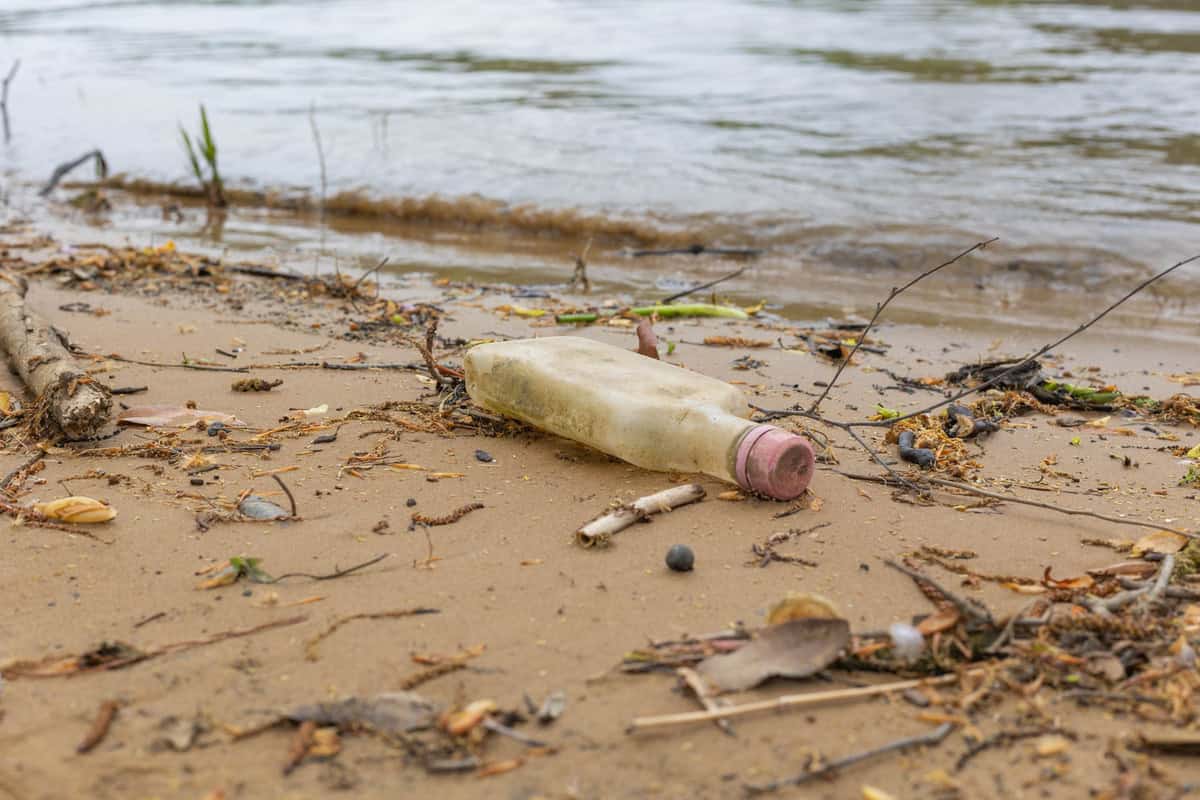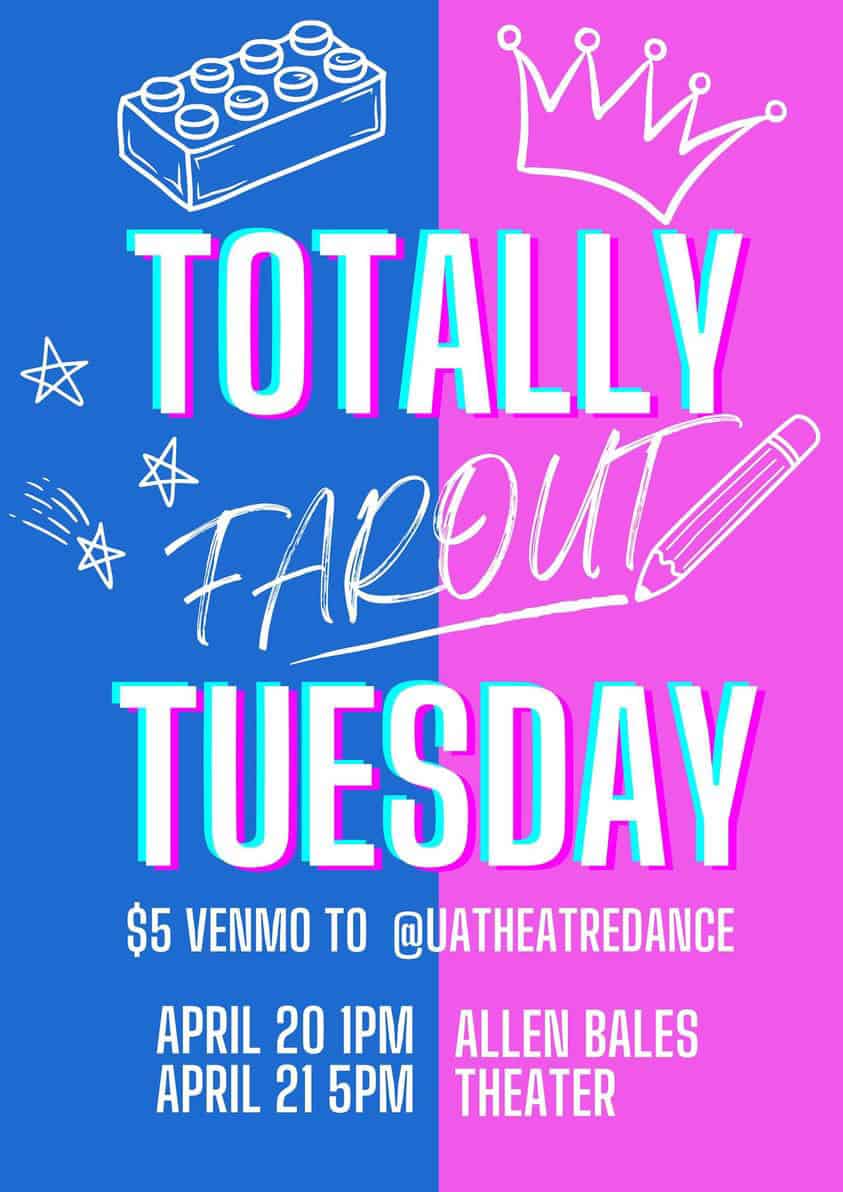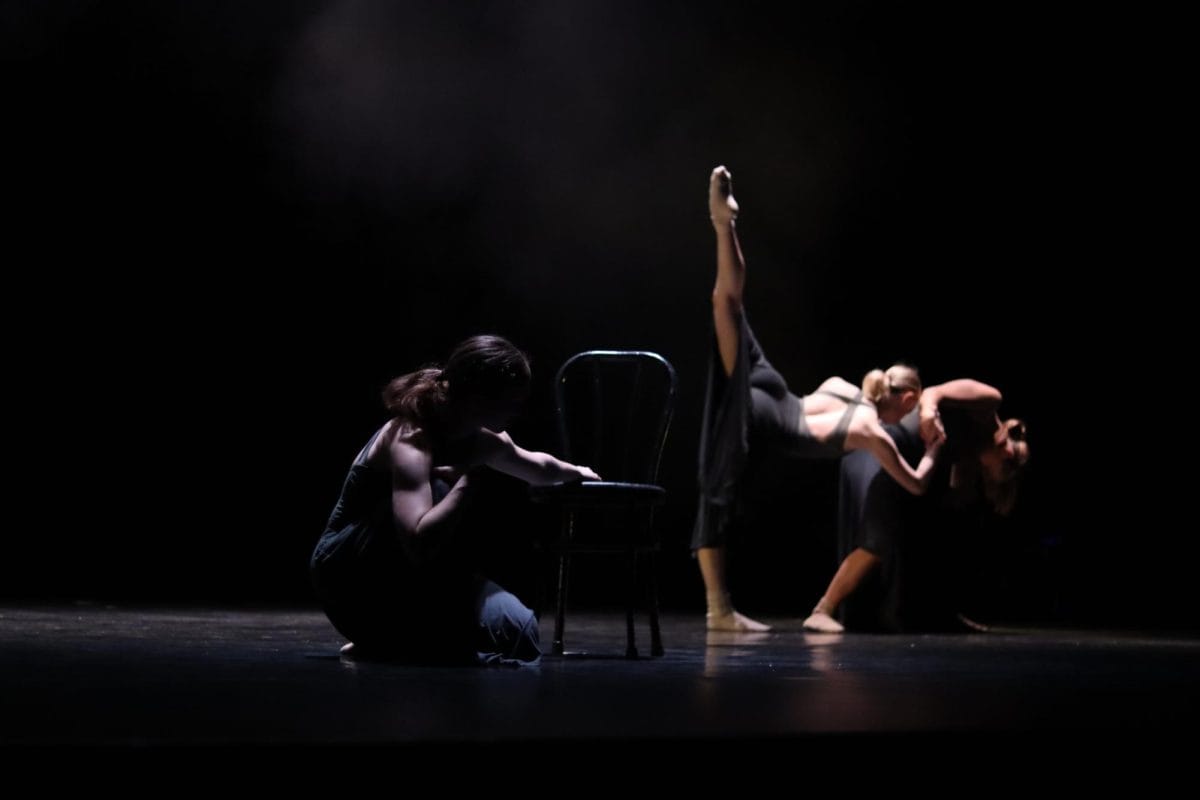In Alabama’s Wilcox County, three doctors struggle to serve a population of almost 14,000. In the small town of Brilliant, Ala., two high school seniors struggle to find their futures. At home in Tuscaloosa, residents struggle to gain a sense of community and decide what it means to be a good neighbor.
These issues and others will be the focus of the fourth annual “Documenting Justice” film screening Tuesday night at 7 p.m. at the Bama Theatre in downtown Tuscaloosa. The event, presented by the Center for Ethics and Social Responsibility at the University of Alabama, will feature five short films created by UA students.
“The class uses documentary film as a way to think critically about various issues of social justice throughout our state,” said Andy Grace, producer and director with the Center for Public Television and a co-teacher of Documenting Justice.
The project began in 2006 as a year-long class designed for students of any major or graduate program to learn how to collaborate with each other and use film to tell a story, specifically one that might not have been told otherwise.
The popularity of the class and the screening itself has grown significantly in the past three years. “Last year the Bama Theatre was nearly full,” Grace said. He hopes to achieve that level of attendance again on Tuesday night.
“I’ve been wanting to take this class since I was a senior in high school,” said Carly Palmour, a sophomore majoring in media production and interdisciplinary studies. “Documentary film was something I was interested in pursuing as a possible career, so I immediately put it on my list of things to do while in college.”
Palmour and her partner in the class, Caitlin Looney, worked on the film “A Certain Kind,” which focuses on the lack of medical care being provided in Alabama’s Black Belt due to the small number of doctors being hired in the impoverished areas.
“It’s really easy for people like myself, who live a comfortable middle class life with adequate healthcare and resources, to overlook the problems going on two hours down the road,” Palmour said. “We hope that showing how much the doctors go through will spark more conversation about the issues with recruitment.”
Grace said Documenting Justice is not only a way to get messages out there about social issues, but also a unique experience for everyone, including the professors.
“It’s hard to explain just how involved this class is,” he said. “It doesn’t seem like much to those who’ve never made a film, but to produce these unique and remarkable films in the course of one semester- while still taking a full class load- is a tremendous amount of work.”
Josh Sahib, a second-year graduate student in library and information studies, said the best part about the project was learning about an art form with which he was unfamiliar. Like Sahib, many of the students had little or no background in filmmaking prior to the class.
“The hardest part was the sleepless nights, having to drop our social lives and not knowing if we were going to pass all of our classes because all of our efforts were going into this short 10-minute film,” he said.
Still, the sense of accomplishment and community the students and teachers received from completing the films made all the hard work worth it.
“It’s [exciting] to walk away with eleven new friends we might not have known otherwise,” Sahib said.
Tuesday’s screening is evoking excitement and nerves from all those involved with the project. Films from Documenting Justice have gone on to festivals and even won awards in the past few years.
“The screening is a vital part of the whole experience,” Grace said. “But I’m proud to say that most of these films have a significant life outside the class. The testament of how much work [the students] have done is that they enter the class as students and leave the class as filmmakers.”
1. “A Certain Kind” by Carly Palmour and Caitlin Looney. The film follows the only three doctors in Wilcox County who serve a population of almost 14,000 people. It investigates the problems with recruiting doctors to the very poor Black Belt region of Alabama, which has very little to offer young medical students.
2. “Fixing the Road” by Will Schildknecht and Linn Groft Film tagline: In rethinking the American Dream, ten folks have found just what they need for a life well-lived. The film focuses on community and how, without it, discussing issues of social justice is quite difficult. Communities are the foundation upon which people get together and develop principles of social justice.
3. “In Brilliant” by Bruce Henry and Henry Busby Film tagline: In Brilliant, Alabama, two high school seniors question their future. Is the town they knew enough, or will they leave to find their own home? The film is designed to raise questions about the meaning of “home,” and how people can have vastly different experiences of the same place.
4. “Growing up in Prison: Juveniles Serving Life Without Parole” by Sydney Prather and Josh Sahib Film tagline: In the United States, over 2,500 juveniles are serving life without parole. Does “punishment” ever go too far? The film examines the practice of sentencing young offenders (sometimes only 14- or 15-year-olds) to life without the possibility of parole. Many people are currently unaware that we are the only country in the world that sentences such young offenders to die in prison.
5. “Good Neighbors” by Sarah McDermott and Adam Weinstein The film thinks about development, safety and community by looking at two neighborhoods living side by side, but separated by a barbed wire fence. It focuses on awareness–lifting your head up and taking a look around. The film is less concerned with a message and more concerned with depicting a space that intrigued the filmmakers (The Retreat at Lake Tamaha) to ask questions about what it means to be neighbors, about walls, about the ways people come together and ways they don’t.
By Jordan Staggs






